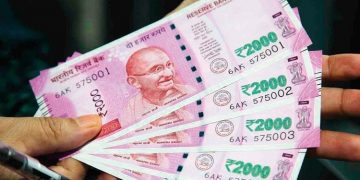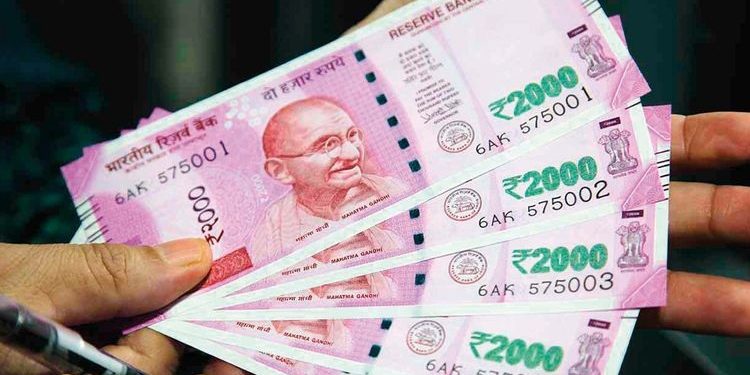n As per the global economy experts the Indian rupee is set to end a tumultuous year as Asia’s worst-performing currency with foreign funds fleeing the Indian stocks.
n In a fourth consecutive year of losses, the Indian rupee is likely to fall about 4% this year.
n Indian Rupee is likely to end the year as Asia’s worst performing emerging market currency as foreign funds scrammed from India’s stock market, Bloomberg reported.
n Indian currency has declined 2.2% this quarter as global funds pulled $4 billion of capital out of stocks. Foreign exodus from stocks has led to the benchmark index’s falling as well.
n Foreigners sold Indian stocks as Goldman Sachs Group Inc. and Nomura Holdings Inc. recently lowered their outlook for equities, citing lofty valuations.
n Record-high trade deficit and the Indian central bank’s policy divergence with the Federal Reserve have also impinged on the rupee’s carry appeal.
n “The monetary policy divergence and widening current account gap have set depreciation in the rupee in the near term” – B. Prasanna, head of global markets, sales, trading and research at ICICI Bank Ltd in Mumbai.
n Depreciation in rupee/ weaker currency poses risk of imported inflation, and may make it difficult for the central bank to maintain interest rates at a record low for longer.
n QuantArt Market Solutions expects the rupee to decline to 78 per dollar by end-March, falling past the previous record low of 76.9088 reached in April 2020, while a Bloomberg survey of traders and analysts forecast the rupee at 76.50. The rupee is set to drop about 4% this year in a fourth straight year of losses.
n Indian Stocks on the Edge
n Foreign exodus from stocks have led to the benchmark S&P BSE Sensex Index falling by about 10% below an all-time high touched in October. Bonds have seen $587 million of outflows this quarter.
n Bearish rupee calls are rising as India’s trade deficit widened to an all-time high of about $23 billion in November amid higher imports. The ample liquidity in the banking system, partly created by the RBI’s dollar purchases, may make it difficult for the central bank to intervene to the same extent in 2022 to curb rupee’s losses, according to Goldman Sachs.
Major Causes of Recent
Economic Downturn
n The latest surge in Covid-19 and increasing number of Omicron cases in India is being termed as the major reason for the sharp decline in FDI in India. The experts are recalling the Indian health system collapse during the second wave of the covid-19 which devastated the Indian economy owing to complete failure of Indian government to respond to the health crisis.
n The mayhems of first ill planned and sudden total lockdown by Modi still haunts Indian and multinationals business giants. Thousands of Indian migrant workers became jobless, shelter less and homeless due to the brutal lockdown.
n Families with minors had to walk hundreds of miles to reach their villages. The fear of infection was so horrible that the well to do Indian fled to safer destinations abroad. The plight of common people was beyond comprehension, there was no food, water, health care, oxygen supply even the Shamshan Ghats were overcrowded and without wood to cremate the dead.
n The scenes of Indian people dying on roads, in ambulances and outside hospitals due to an acute oxygen of shortage are still fresh in the memories of all affected.
n Indian government was accused of misreporting the deaths and number of infections, thus losing confidence in international circles.
n India was in a state of paralysis, government miserably failed to handle the disaster, society was in total disarray, people stigmatizing each other, BJP/ RSS blaming Muslims and Sikhs as the cause of disease transmission. The shinning India unveiled itself to show its actual face to the world.





